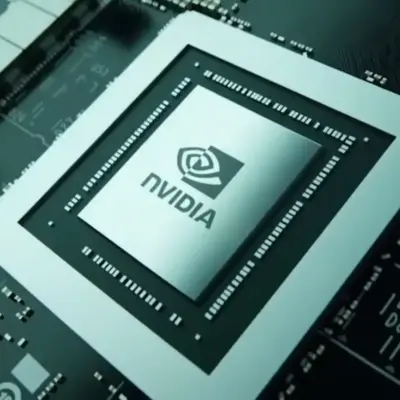Generative AI is a branch of artificial intelligence that can create new content from scratch, such as text, images, music, and more. It is based on deep learning models that learn from large amounts of data and generate novel outputs that mimic the style and structure of the original data.
It has been making headlines recently for its impressive and sometimes controversial applications. For example, OpenAI released GPT-4 to the public, a massive language model that can write anything from essays to code to tweets. A startup SpeedyBrand uses generative AI to produce SEO-Optimized Content (SOC) tailored to specific keywords and audiences. Moreover, an intelligent incubator uses generative AI to monitor and adjust the oxygen levels of premature babies.
But what are the benefits and challenges of generative AI for content creation? And how can you use it to boost your online presence and reach? Here are some key points to consider:
Benefits of generative AI for content creation:
- It can help you save time and money by automating the process of creating high-quality and relevant content for your website, blog, social media, or other platforms.
- It will also help you generate new ideas and perspectives by providing you with diverse and original content that you can use as inspiration or as a starting point for your work.
- Generative AI can help you optimize your content for search engines and audiences by using natural language processing and data analysis to produce content that matches your keywords, tone, style, and goals.
- Help you enhance your content with rich media such as images, videos, audio, or interactive elements that can attract and engage your visitors.
Challenges of Generative AI for content creation:
- It’s not perfect and may produce errors, inconsistencies, or inaccuracies in the content it generates. You must review and edit the content before publishing it to ensure its quality and accuracy.
- It may raise ethical and legal issues such as plagiarism, copyright infringement, or misinformation. You need to respect the intellectual property rights of the sources and verify the facts and claims in the content you generate.
- It may pose social and cultural challenges such as bias, discrimination, or manipulation. You need to be aware of the potential impact of your content on your audience and society and use generative AI responsibly and transparently.
How to use generative AI for content creation:
- Choose a reliable and reputable generative AI platform or tool that suits your needs and budget. There are many options available in the market, such as SOC, Otter, MosaicML, or Bing.
- Define your topic, keywords, audience, and goals for your content. Provide some input or guidance to the generative AI platform or tool to help it generate relevant and appropriate content for you.
- Review and edit the output of the Generative Artificial Intelligence platform or tool. Check for errors, inconsistencies, inaccuracies, or ethical issues in the content and make any necessary changes or improvements.
- Publish and promote your content on your chosen platform or channel. Monitor the performance and feedback of your content and make any adjustments or updates as needed.
Conclusion:
Generative AI is a powerful technology that can help you create engaging and effective content for your online presence and reach. However, it also comes with some challenges and responsibilities that you need to be aware of and address. By using Generative Artificial Intelligence wisely and ethically, you can leverage its potential to boost your content creation efforts.





